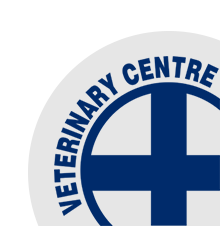Setting Your Herd and Your Farm Up for Ease and Low Cost Next Season
/We are having regular conversations with our clients around dry cow strategies. Cost reduction is at the forefront of everyone's minds at the moment but it is important that a plan is implemented that will not severely compromise milk quality, clinical mastitis and put additional pressure on the farm team next winter/spring.
An extreme case example from last season was a local farm that had used whole herd Cepravin in the previous year, maintained a BMSCC under 100,000 for the whole season and so elected not use DCT therapy in any cows at the end of last season. Subsequently the equivalent of 25% of the herd was treated for clinical mastitis over the dry period, meaning the shed could not be shut down. Over the ensuing 10 months, the equivalent of 100% of the herd has been treated for clinical mastitis. The result has been massive cost and massive stress.
All cows - even low cell count cows, are at risk of developing mastitis post-dry off if the correct preventative measures are not taken.
Our advice would be to ensure every teat is treated. If budget constraints are tight and you are considering treating just a few high risk cows with long acting products e.g. Cepravin, we would suggest that you would be better to spend the same amount on more cows with short acting products (or sealants).
Important Considerations
- Know what the risks and benefits are of the therapy/sealant you choose; actives, formulations, length of action and spectrum of activity are highly variable between products.
- Will you have less staff available in the shed next season if things go wrong?
- What will the environmental challenge be like for your herd over the winter/spring?
- Is your BMSCC climbing or higher than you are comfortable with?





